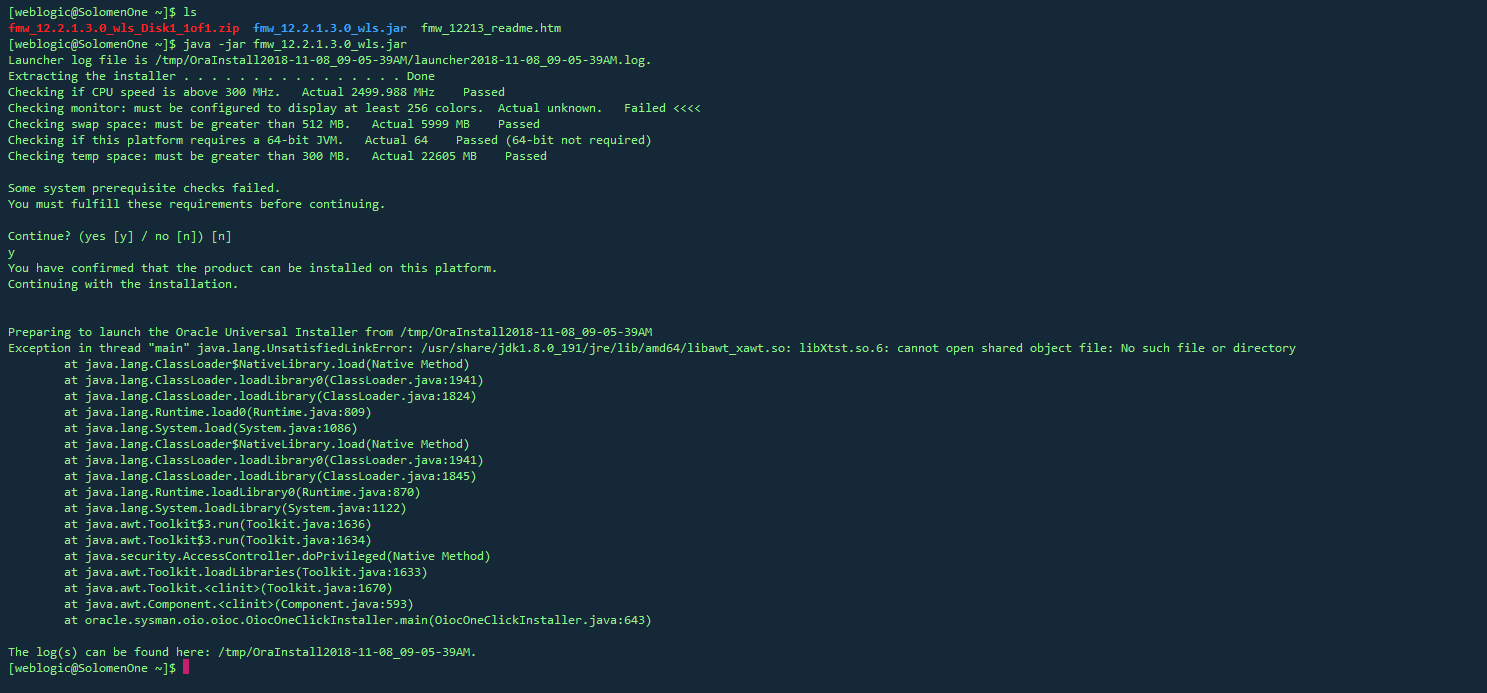I\'m playing with the latest Entity Framework CTP 5 release and building a simple asp.net MVC blog where I just have two tables: Post and Comments. This is done entirely in POCO, I just need help on the DbContext part, where I need it to be unit testable (using IDbSet?) and I need a simple/generic repository pattern for add, update, delete, retrieval. Any help is appreciated.
Thanks.
Start with you DbContext, create a new file called Database.cs:
Database.cs
public class Database : DbContext
{
private IDbSet<Post> _posts;
public IDbSet<Post> Posts {
get { return _posts ?? (_posts = DbSet<Post>()); }
}
public virtual IDbSet<T> DbSet<T>() where T : class {
return Set<T>();
}
public virtual void Commit() {
base.SaveChanges();
}
}
Define a IDatabaseFactory and implement it with DatabaseFactory:
IDatabaseFactory.cs
public interface IDatabaseFactory : IDisposable
{
Database Get();
}
DatabaseFactory.cs
public class DatabaseFactory : Disposable, IDatabaseFactory {
private Database _database;
public Database Get() {
return _database ?? (_database = new Database());
}
protected override void DisposeCore() {
if (_database != null)
_database.Dispose();
}
}
Disposable extension method:
Disposable.cs
public class Disposable : IDisposable
{
private bool isDisposed;
~Disposable()
{
Dispose(false);
}
public void Dispose()
{
Dispose(true);
GC.SuppressFinalize(this);
}
private void Dispose(bool disposing)
{
if(!isDisposed && disposing)
{
DisposeCore();
}
isDisposed = true;
}
protected virtual void DisposeCore()
{
}
}
Now we can define our IRepository and our RepositoryBase
IRepository.cs
public interface IRepository<T> where T : class
{
void Add(T entity);
void Delete(T entity);
void Update(T entity);
T GetById(long Id);
IEnumerable<T> All();
IEnumerable<T> AllReadOnly();
}
RepositoryBase.cs
public abstract class RepositoryBase<T> where T : class
{
private Database _database;
private readonly IDbSet<T> _dbset;
protected RepositoryBase(IDatabaseFactory databaseFactory)
{
DatabaseFactory = databaseFactory;
_dbset = Database.Set<T>();
}
protected IDatabaseFactory DatabaseFactory
{
get; private set;
}
protected Database Database
{
get { return _database ?? (_database = DatabaseFactory.Get()); }
}
public virtual void Add(T entity)
{
_dbset.Add(entity);
}
public virtual void Delete(T entity)
{
_dbset.Remove(entity);
}
public virtual void Update(T entity)
{
_database.Entry(entity).State = EntityState.Modified;
}
public virtual T GetById(long id)
{
return _dbset.Find(id);
}
public virtual IEnumerable<T> All()
{
return _dbset.ToList();
}
public virtual IEnumerable<T> AllReadOnly()
{
return _dbset.AsNoTracking().ToList();
}
}
Now you can create your IPostRepository and PostRepository:
IPostRepository.cs
public interface IPostRepository : IRepository<Post>
{
//Add custom methods here if needed
Post ByTitle(string title);
}
PostRepository.cs
public class PostRepository : RepositoryBase<Post>, IPostRepository
{
public PostRepository(IDatabaseFactory databaseFactory) : base(databaseFactory)
{
}
public Post ByTitle(string title) {
return base.Database.Posts.Single(x => x.Title == title);
}
}
Lastly, the UoW:
IUnitOfWork.cs
public interface IUnitOfWork
{
void Commit();
}
UnitOfWork.cs
private readonly IDatabaseFactory _databaseFactory;
private Database _database;
public UnitOfWork(IDatabaseFactory databaseFactory)
{
_databaseFactory = databaseFactory;
}
protected Database Database
{
get { return _database ?? (_database = _databaseFactory.Get()); }
}
public void Commit()
{
Database.Commit();
}
Using in your controller:
private readonly IPostRepository _postRepository;
private readonly IUnitOfWork_unitOfWork;
public PostController(IPostRepository postRepository, IUnitOfWork unitOfWork)
{
_postRepository = postRepository;
_unitOfWork = unitOfWork;
}
public ActionResult Add(Post post) {
_postRepository.Add(post);
_unitOfWork.Commit();
}
You will need to use an IoC container like StructureMap to make this work. You can install structure map via NuGet, or if you are using MVC 3, you can install the StructureMap-MVC NuGet package. (Links Below)
Install-Package StructureMap.MVC4
Install-Package StructureMap.MVC3
Install-Package Structuremap
If you have questions just let me know. Hope it helps.
I just love this in-depth article about Entity Framework 4 POCO, Repository and Specification Pattern
http://huyrua.wordpress.com/2010/07/13/entity-framework-4-poco-repository-and-specification-pattern/
The only thing I\'d do differently is in the implementation, i.e. expose the IPostRepository in the service layer and have an interface field of type IPostService in the controller just as another layer of abstraction but otherwise this is a good example - nice one, Paul.


